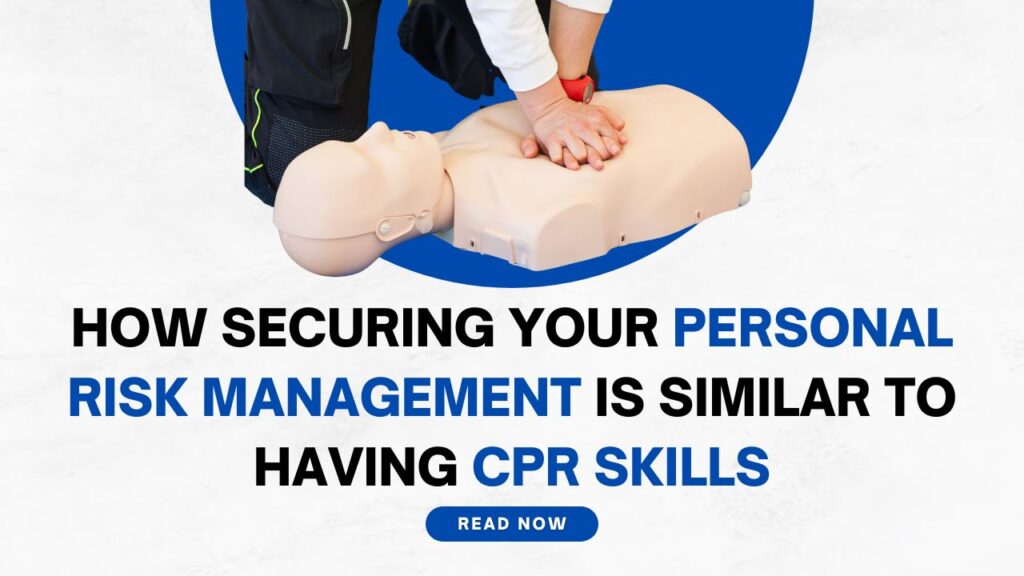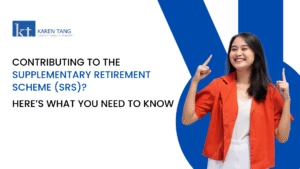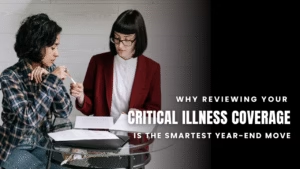Karen Tang, CFP®: Certified Financial Planner in Singapore
How Securing Your Personal Risk Management Is Similar to Having CPR Skills

On a clear sky morning, a man decided to go swimming before breakfast, eager to enjoy the beautiful weather before the morning crowd arrived. When his wife, who came looking for him after her leisurely walk, couldn’t see him, she knew something was amiss. His things were lying on a table by the pool but he was nowhere in sight. She scanned the pool’s depths and spotted a shadowy figure below. She immediately shouted for help. She did not know how to swim and there was no lifeguard on duty as it was still too early in the day in this overseas location.
As she desperately ran around to get help, a man in his late forties dived into the pool. He managed to help the man to the surface and got him out of the pool with the help of 2 other persons who came running. This man is very fortunate. It turned out that the person who jumped into the water was a doctor and an ex-navy diver.
Swiftly administering Cardiopulmonary Resuscitation or CPR, the doctor’s timely intervention saved this man’s life. The man was hospitalised in the ICU for 3 days and eventually recovered without any permanent damage to his vital organs.
This is a true life story, my friends.
So, when the opportunity to learn CPR + AED (Automated External Defibrillator) skills presented itself, I registered myself without any hesitation. That’s a check mark off my 2024 to-learn list!
As I read more about CPR, it dawned on me that learning CPR and building one’s personal risk management (i.e. life insurance) portfolio are similar in several significant ways.
- Preparation for Emergencies:
- CPR: Learning CPR equips individuals with the skills to respond effectively in a medical emergency, potentially saving lives during critical moments.
- Life Insurance: Obtaining life insurance prepares individuals and their families for financial emergencies that can arise from the death of the policyholder, ensuring financial stability and support.
- Peace of Mind:
- CPR: Knowing how to perform CPR provides peace of mind, as individuals feel more confident and capable of handling unexpected cardiac emergencies.
- Life Insurance: Having life insurance offers peace of mind by guaranteeing that loved ones will be financially protected and provided for in the event of the policyholder’s death.
- Responsibility to Others:
- CPR: Learning CPR is often seen as a civic responsibility, enabling individuals to help others in their community during life-threatening situations.
- Life Insurance: Getting life insurance is a responsible act that ensures the well-being and financial security of one’s family and dependents.
- Investment in the Future:
- CPR: Acquiring CPR skills is an investment in one’s ability to provide immediate care, which can have long-term benefits for the health and safety of those around them.
- Life Insurance: Purchasing life insurance is an investment in the future financial stability of one’s family, helping to cover expenses such as funeral costs, outstanding mortgage loan, unsettled hospital bills, and ongoing living expenses of dependents.
- Education and Understanding:
- CPR: Learning CPR requires education and training to understand the proper techniques and procedures.
- Life Insurance: Getting life insurance requires understanding different types of solutions, coverage options, and the benefits they provide.
- Periodic Review:
- CPR: CPR skills need to be refreshed and updated periodically to ensure that individuals remain proficient and up-to-date with the latest guidelines and techniques.
- Life Insurance: Life insurance policies should be reviewed periodically to ensure that they continue to meet the policyholder’s needs and adjust for any life changes.
- Contribution to Overall Safety and Security:
- CPR: Widespread knowledge of CPR contributes to overall community safety by increasing the chances of survival in cardiac emergencies.
- Life Insurance: Life insurance contributes to the financial security of families and dependents, reducing the economic impact of an unexpected death.
By addressing potential emergencies proactively, learning CPR and getting life insurance represent important steps individuals can take to protect themselves and their loved ones.
If you’ve not done a financial health check in the last 8 to 12 months and want to know where you stand and whether you’re on track to achieving your goals, reach out to me at +65 62528500 or schedule a consultation with me.
Stay safe, stay healthy and learn CPR if you can!
CATEGORIES
KAREN'S LATEST BLOGS
Latest Blog Posts

Contributing to the Supplementary Retirement Scheme (SRS)? Here’s What You Need To Know
It’s the ‘SRS rush’ season once again. You have just about 3 weeks left to contribute to your Supplementary Retirement Scheme (SRS) and enjoy tax

Why Reviewing Your Critical Illness Coverage Is the Smartest Year-End Move
Before year-end, if we had to pick just one critical financial planning action most people overlook, it would be this: Review and update your insurance

An LPA Isn’t Just Paperwork, It’s Protection for Your Family
https://youtu.be/1-e5qY8ErCk Most of us think of writing a will to decide what happens after we’re gone. But what about ensuring your affairs are taken care
